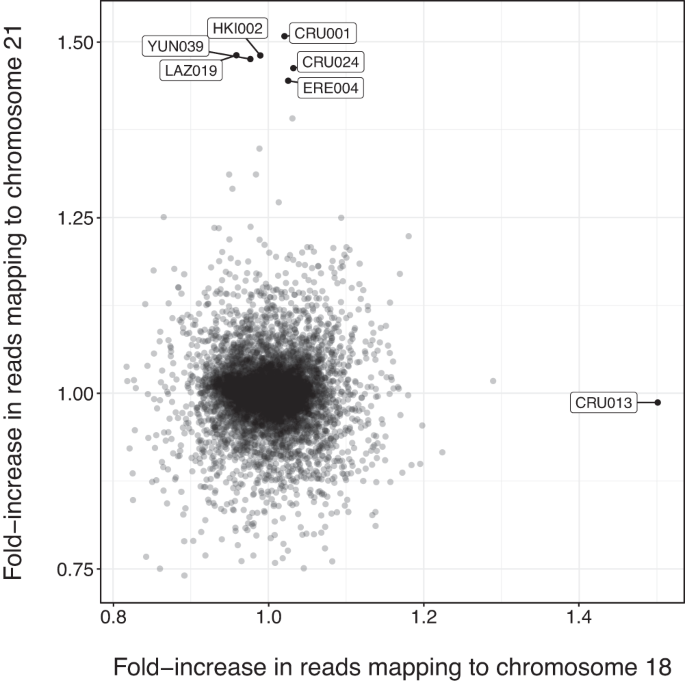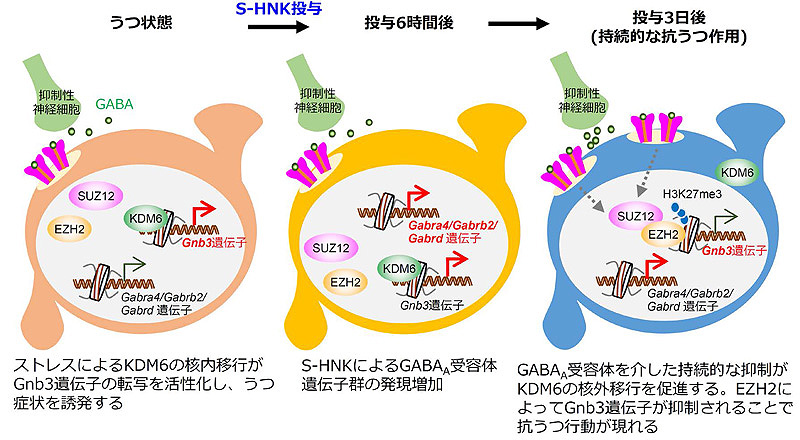2024-02-20 マックス・プランク研究所
◆これらの子どものうち5人は2,000年以上前に埋葬され、最大で1歳まで生きました。彼らの生活は短かったが、彼らはすべて埋葬され、しばしば贈り物とともに埋葬され、古代社会の一員として評価されていたことが示されました。
<関連情報>
- https://www.mpg.de/21538858/0213-evan-ancient-genomes-reveal-down-syndrome-in-past-societies-150495-x?c=2249
- https://www.nature.com/articles/s41467-024-45438-1
古代DNAから発見された歴史上および先史時代の人々の21トリソミーと18トリソミーの症例 Cases of trisomy 21 and trisomy 18 among historic and prehistoric individuals discovered from ancient DNA
Adam Benjamin Rohrlach,Maïté Rivollat,Patxuka de-Miguel-Ibáñez,Ulla Moilanen,Anne-Mari Liira,João C. Teixeira,Xavier Roca-Rada,Javier Armendáriz-Martija,Kamen Boyadzhiev,Yavor Boyadzhiev,Bastien Llamas,Anthi Tiliakou,Angela Mötsch,Jonathan Tuke,Eleni-Anna Prevedorou,Naya Polychronakou-Sgouritsa,Jane Buikstra,Päivi Onkamo,Philipp W. Stockhammer,Henrike O. Heyne,Johannes R. Lemke,Roberto Risch,Stephan Schiffels,Johannes Krause,… Kay Prüfer
Nature Communications Published:20 February 2024
DOI:https://doi.org/10.1038/s41467-024-45438-1

Abstract
Aneuploidies, and in particular, trisomies represent the most common genetic aberrations observed in human genetics today. To explore the presence of trisomies in historic and prehistoric populations we screen nearly 10,000 ancient human individuals for the presence of three copies of any of the target autosomes. We find clear genetic evidence for six cases of trisomy 21 (Down syndrome) and one case of trisomy 18 (Edwards syndrome), and all cases are present in infant or perinatal burials. We perform comparative osteological examinations of the skeletal remains and find overlapping skeletal markers, many of which are consistent with these syndromes. Interestingly, three cases of trisomy 21, and the case of trisomy 18 were detected in two contemporaneous sites in early Iron Age Spain (800-400 BCE), potentially suggesting a higher frequency of burials of trisomy carriers in those societies. Notably, the care with which the burials were conducted, and the items found with these individuals indicate that ancient societies likely acknowledged these individuals with trisomy 18 and 21 as members of their communities, from the perspective of burial practice.


